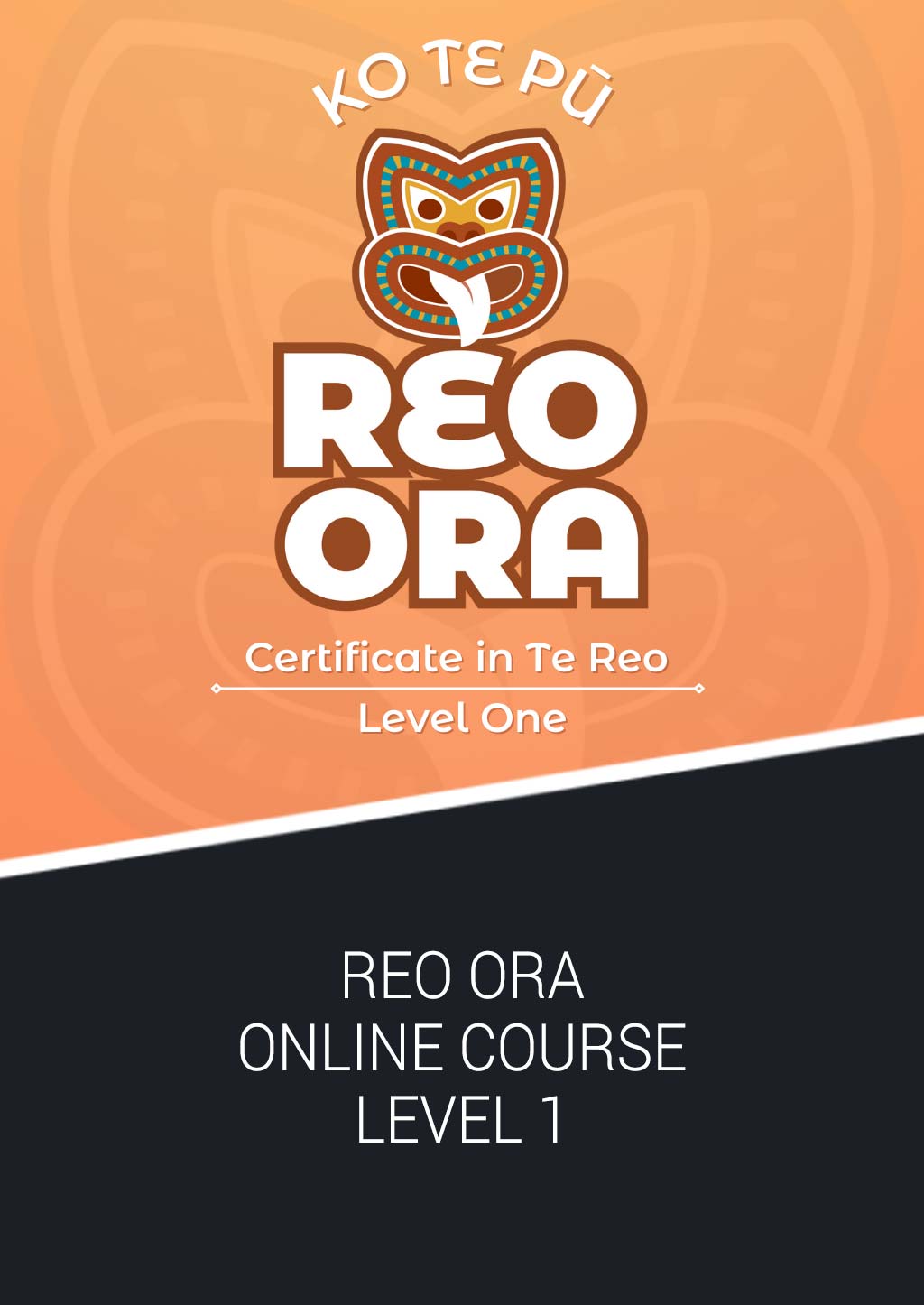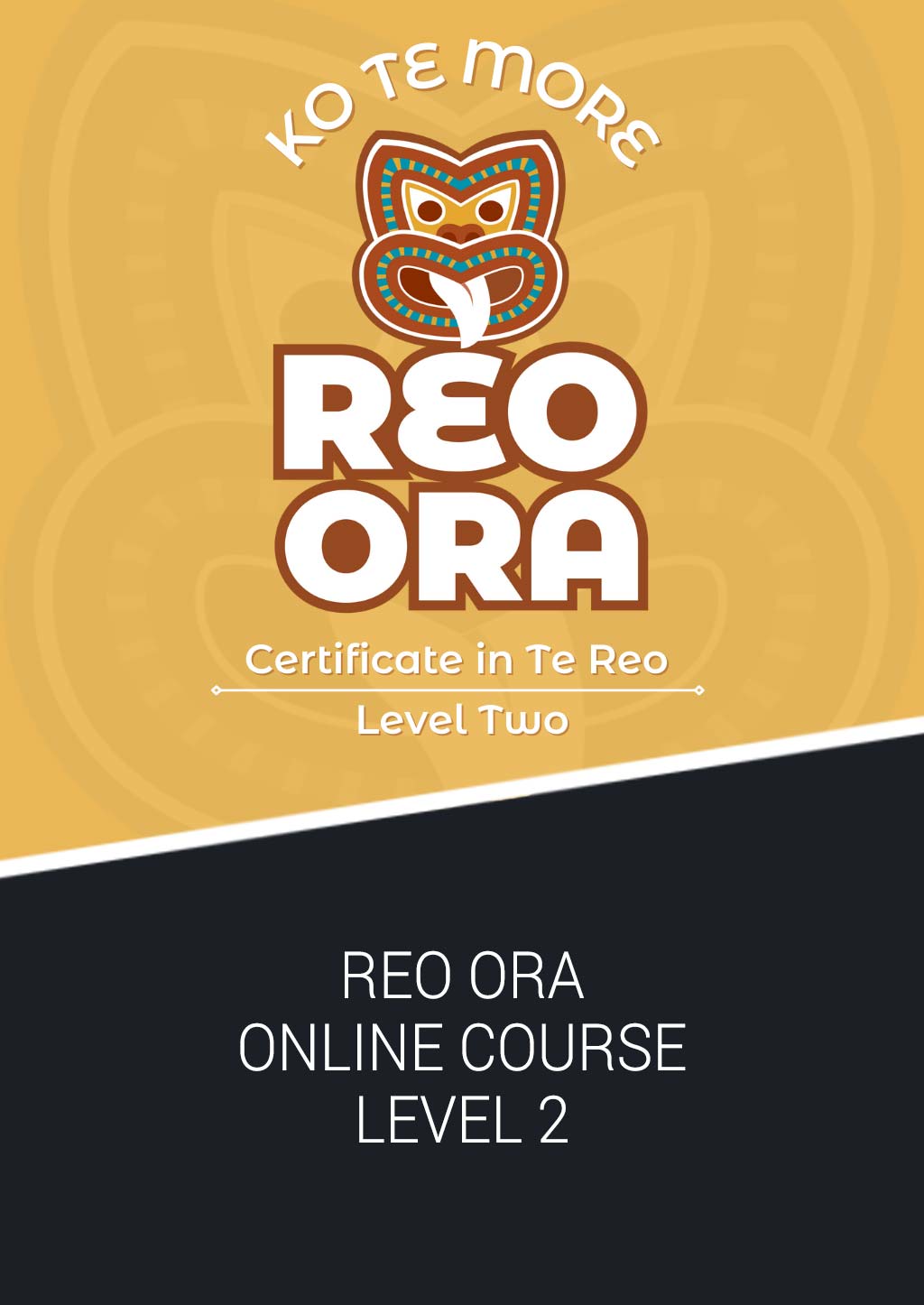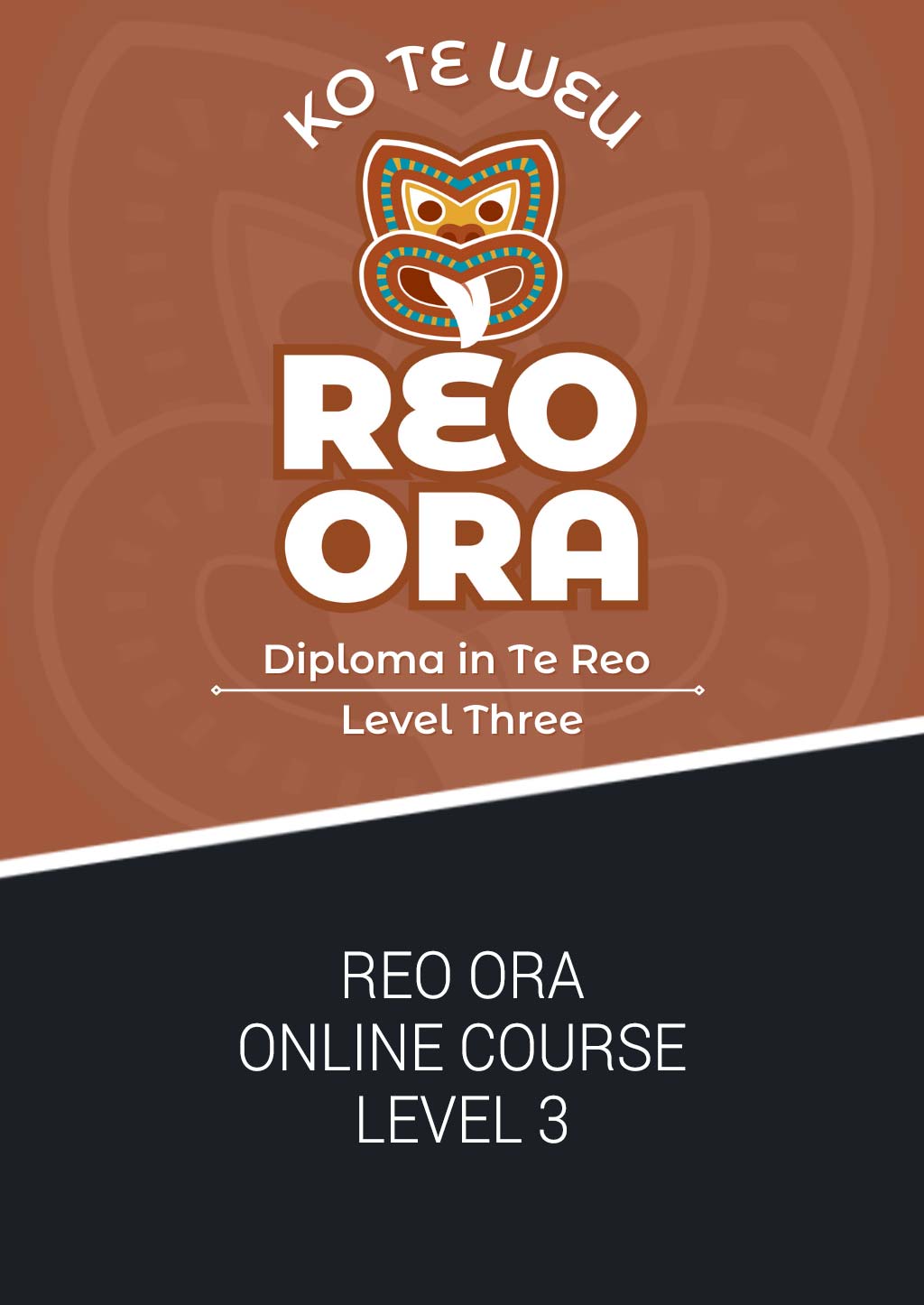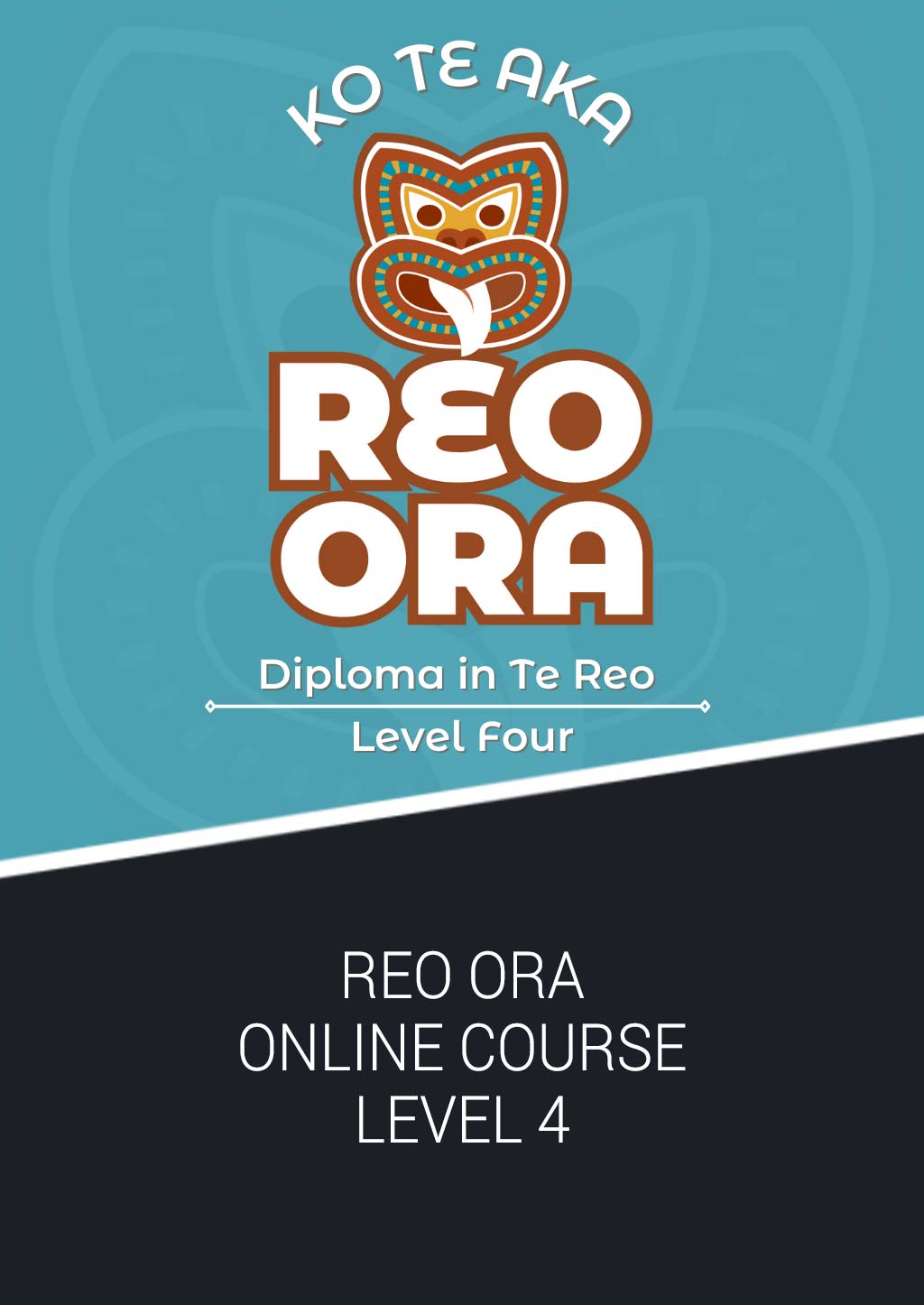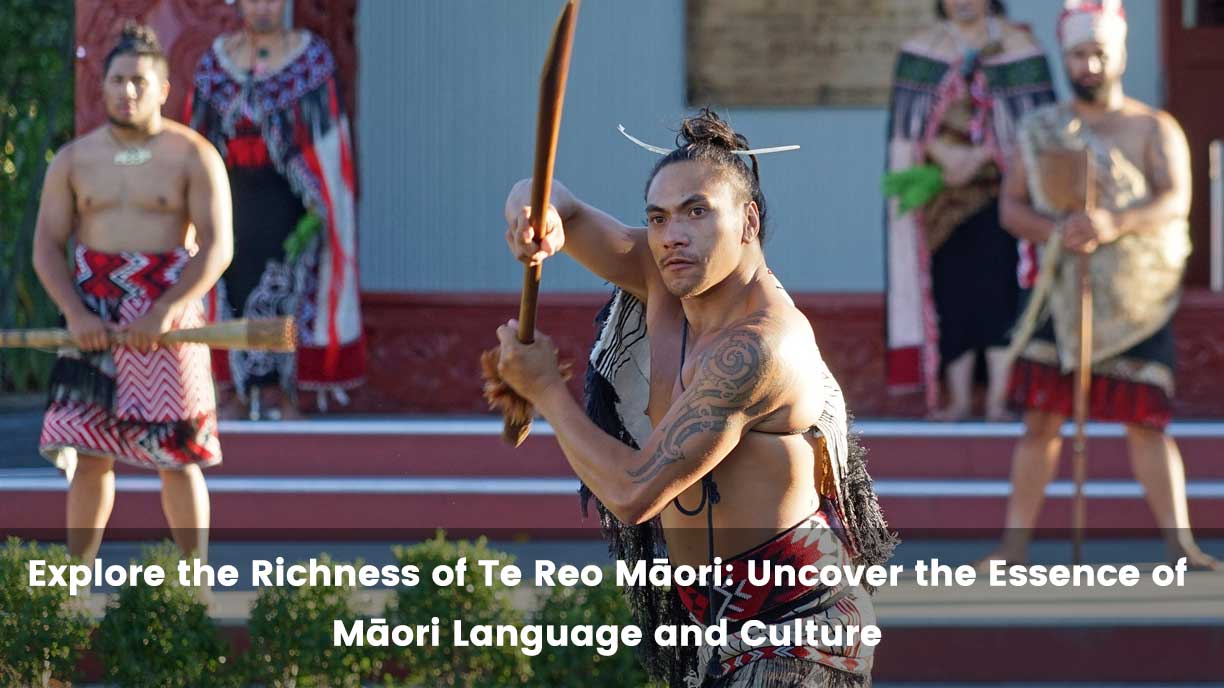
23 Dec Explore the Richness of Te Reo Māori: Uncover the Essence of Māori Language and Culture
Exploring the Richness of Te Reo Māori: An Introduction
Are you ready to embark on a journey of cultural richness and linguistic exploration? Te Reo Māori, the Māori language, is not only an integral part of Māori culture, but also an important language in New Zealand. Whether you have been wanting to learn Te Reo Māori for a while now, or have just discovered your desire to speak Māori and learn Māori words, this introduction will guide you through the fascinating world of the Māori language.
As a language deeply connected to the land and history of New Zealand, Te Reo Māori holds a unique significance for both the Māori people and the wider community. By learning Te Reo Māori, you not only gain a deeper understanding of Māori culture, but also contribute to the preservation and revitalisation of this beautiful language. So, if you are ready to embrace the challenge and discover the beauty and richness of Te Reo Māori, join us as we take the first steps towards unlocking the secrets of this captivating language.
Cultural Insights: Learning Te Reo Māori and Māori Traditions
Learning Te Reo Māori, the indigenous language of the Māori people of New Zealand, is not just an exercise in linguistic acquisition but a profound journey into the heart of Māori culture. Te Reo Māori, an official language of New Zealand, is central to Māori identity and offers a unique window into their rich traditions, values, and history. The revitalisation of Te Reo Māori, which saw a decline in the number of speakers, is not just about preserving a language; it’s about sustaining the cultural heritage of the Māori society.
For those wanting to learn Te Reo Māori, it’s essential to understand that this language is more than just words and grammar. It’s a living expression of the Māori worldview, encapsulating their customs, stories, and connections to the land and the ancestors. Language and culture are inseparable in Māori society, and learning Te Reo involves immersing oneself in Māori customs and values. The language’s revitalisation has seen a surge in the number of Māori and non-Māori people alike eager to learn and support Te Reo Māori, making it a vibrant and everyday language in many Māori communities.
The history of the Māori language is a testament to the resilience of the Māori people. From being made an official language to the development of the Māori language strategy, efforts to promote and support Te Reo are reflective of a broader movement to preserve and celebrate New Zealand’s indigenous culture. Resources like the Māori dictionary and various language courses have become invaluable tools for learners. They not only aid in language acquisition but also provide insights into the nuances of Māori names, phrases, and the unique linguistic structure of Te Reo.
Moreover, the revival of Te Reo Māori is a crucial aspect of New Zealand’s national identity. It reinforces the importance of bilingualism in Māori and English, promoting mutual respect and understanding among different communities. The language currently enjoys a high profile and is increasingly visible in all sectors of New Zealand society. Learning Te Reo Māori is an enriching experience that goes beyond acquiring a new language. It’s an opportunity to connect with the Māori people of New Zealand, understand their perspective, and participate in the ongoing journey of cultural and linguistic revitalisation. The survival and thriving of Te Reo Māori symbolise the strength and vibrancy of Māori language and culture, crucial for the cultural diversity and heritage of New Zealand.
Embracing Aotearoa’s Heritage: The Importance of Te Reo Māori
Te Reo Māori stands as a fundamental element of Aotearoa’s heritage. Its significance extends far beyond being a mere communication tool; it embodies the heart of Māori culture and identity. The journey of Te Reo Māori, from near extinction to its revitalisation and recognition as an official language, mirrors the resilience and determination of the Māori people. Learning and speaking Te Reo is not just for the Māori but is a bridge for all in New Zealand to connect with the country’s rich cultural heritage.
The Māori language, with its unique vocabulary and structure, offers insights into the Māori worldview and their profound connection to the land, sea, and ancestors. Each word and phrase in Te Reo Māori carries layers of cultural significance and historical depth. The growing interest in learning Te Reo Māori, evident from the increasing use of Māori words and references in everyday language, marks a positive shift towards embracing a more inclusive society. This interest is further supported by resources like the Māori dictionary, which aid learners in understanding and correctly using the language.
In addition, the integration of Te Reo Māori in various sectors, including education, media, and government, plays a crucial role in normalising the language’s use and ensuring its presence in the daily lives of New Zealanders. This normalisation not only honours the Māori people and their heritage but also enriches the cultural tapestry of New Zealand. Te Reo Māori is more than just a language; it is a living testament to the Māori people’s history, struggles, and triumphs. Its preservation and promotion are central to respecting and understanding the diverse cultural landscape of New Zealand. Embracing Te Reo Māori goes beyond linguistic proficiency; it is about recognising and valuing the intrinsic link between language and culture, and it plays a pivotal role in the collective identity of New Zealand. The ongoing revival and flourishing of Te Reo Māori is not just a victory for the Māori but a triumph for cultural diversity and heritage globally.

The Benefits of Learning Te Reo Māori for Non-Native Speakers
Learning Te Reo Māori, the Māori language, offers numerous benefits for non-native speakers, fostering a deeper understanding of New Zealand’s cultural heritage. As an official language of New Zealand, Te Reo Māori is central to the country’s identity and provides a unique perspective on the traditions and values of the Māori people. For learners, it’s not just about acquiring a new language but also about embracing Māori culture and its rich history.
For non-native speakers wanting to learn Te Reo, the journey offers a chance to engage with Māori society more meaningfully. The language’s structure and vocabulary are infused with cultural nuances, offering insights into the Māori worldview. By learning to speak Māori, non-natives can participate more fully in the cultural life of New Zealand, gaining a deeper appreciation for Māori customs, stories, and artistic expressions.
Moreover, the process of learning Te Reo Māori can enhance cognitive abilities, like memory and problem-solving skills. It also promotes cross-cultural communication and understanding, crucial in a multicultural society. The availability of resources such as the Māori dictionary and language courses makes the learning process accessible and engaging.
The revitalisation of Te Reo Māori, supported by various language strategies and community initiatives, has created a welcoming environment for learners. This revitalisation effort not only helps in preserving the language but also in keeping Māori culture vibrant and relevant in contemporary society.
Furthermore, learning Te Reo Māori can open doors to new career opportunities, especially in fields where interaction with Māori communities is essential. It’s also a way to support the survival and growth of the language, contributing to its status as a living and evolving part of New Zealand’s cultural landscape.
For non-native speakers, learning Te Reo Māori is not just about language acquisition; it’s an immersive experience that enriches understanding of Māori culture and society. It strengthens cultural ties, builds bridges between communities, and contributes to the diverse tapestry of New Zealand’s national identity.
Practical Strategies for Mastering Te Reo Māori Quickly
Mastering Te Reo Māori quickly involves adopting practical strategies that cater to both language acquisition and cultural understanding. A key approach is immersive learning, where one consistently engages with the language in daily life. This can include listening to Māori radio, watching television shows in Te Reo, and practicing with native speakers. Utilising a Māori dictionary regularly helps in building vocabulary and understanding the nuances of words and phrases. It’s also beneficial to learn about the history and culture of the Māori people, as language and culture are deeply intertwined.
Joining Māori language courses or community groups provides structured learning and the opportunity to practice speaking Māori in a supportive environment. These groups often use effective language learning strategies aligned with the Māori language revitalisation efforts. Incorporating Te Reo Māori into everyday language use, such as using Māori names for common items or greetings, can also reinforce learning.
Leveraging digital tools and resources, like language learning apps and online Māori dictionaries, can supplement traditional learning methods. These resources often offer interactive and engaging ways to learn, making it easier to practice regularly. Setting specific, achievable goals, such as learning a certain number of Māori words per week, can provide focus and motivation.
Understanding the structure of the language, including its grammar and sentence formation, is crucial. Many learners find it helpful to start with common phrases and gradually build up to more complex sentences. Regular practice, patience, and a willingness to make mistakes and learn from them are essential for quick mastery.
Lastly, participating in cultural events and activities within Māori communities can provide practical contexts for using the language and deepen one’s appreciation and understanding of Māori culture. This holistic approach to learning Te Reo Māori not only aids in mastering the language quickly but also enriches the learning experience by connecting it with the vibrant heritage of the Māori people.
The Evolution of Te Reo Māori Education: Traditional vs Digital
The evolution of Te Reo Māori education has transitioned from traditional methods to incorporating digital platforms, reflecting changes in technology and learning styles. Traditional education of Te Reo Māori, deeply rooted in Māori culture, was primarily oral, involving face-to-face interactions and learning through storytelling, chants, and cultural immersion. This approach emphasised the importance of language as a living, breathing part of Māori identity, with elders and fluent speakers passing knowledge to younger generations.
With the advent of technology and the digital age, Te Reo Māori education has expanded to include digital tools and platforms. These include online courses, language learning apps, digital Māori dictionaries, and interactive websites. This shift has made learning Te Reo Māori more accessible to a broader audience, breaking geographical barriers and allowing more people to engage with the language. Digital platforms offer flexibility and a diverse range of resources, catering to different learning styles and paces.
Despite this shift, traditional methods remain vital, especially in maintaining the cultural context and depth of the language. The blend of traditional and digital methods in Te Reo Māori education symbolises a fusion of the past and the present, ensuring that the language’s rich heritage is preserved while adapting to modern learning environments.
This evolution in Te Reo Māori education highlights the ongoing efforts for language revitalisation and the importance of adapting to changing times without losing the essence of the language and its cultural significance. Both traditional and digital forms of education play crucial roles in promoting and sustaining Te Reo Māori, ensuring its survival and continued relevance in New Zealand society.
Interactive Learning: The Reo Ora App Experience
The Reo Ora app is a dynamic platform for learning Te Reo Māori, the Māori language, and is instrumental in the language’s revitalisation. This app offers an interactive learning experience, combining traditional teachings with modern digital technology. It caters to various learning styles and levels, making Te Reo Māori accessible to a wider audience. With features like a Māori dictionary, voice recognition for pronunciation practice, and engaging lessons, the app supports learners in mastering the language effectively. It integrates aspects of Māori culture and history, providing a holistic approach to learning. The app’s user-friendly design and interactive elements make learning Te Reo Māori enjoyable and efficient, appealing to those wanting to learn the language and understand Māori culture. This innovative approach represents a significant step in promoting the use and appreciation of Te Reo Māori in New Zealand and beyond.
Here are ten benefits of using the Reo Ora app for learning Te Reo Māori:
Accessible Learning: Learn Te Reo Māori anytime, anywhere with the app’s mobile accessibility.
Interactive Lessons: Engages learners with interactive and immersive content.
Cultural Integration: Incorporates Māori culture into language lessons.
Customised Learning Paths: Tailors lessons to individual learning levels and goals.
Pronunciation Practice: Features voice recognition for accurate pronunciation.
Progress Tracking: Allows learners to track their learning journey and achievements.
Māori Dictionary: Offers an in-app dictionary for quick reference.
Engagement with Community: Connects learners with a community of speakers and learners.
Regular Updates: Continuously updated content ensures relevance and variety.
Support for Revitalisation: Contributes to the wider efforts of Te Reo Māori revitalisation.
The Future of Te Reo Māori: Trends and Predictions
The future of Te Reo Māori, the indigenous language of the Māori people in New Zealand, is poised for significant growth and revitalisation. This trajectory is driven by increased recognition of Te Reo Māori as an official language and a growing desire among both Māori and non-Māori to learn and speak it. The integration of Te Reo Māori into education systems, digital platforms like the Reo Ora app, and public life, along with supportive government policies, are crucial factors in this positive trend. The use of Te Reo Māori in daily communication and media is also rising, contributing to its broader societal acceptance and use.
Continued efforts in language revitalisation strategies, expanding the availability of resources such as Māori dictionaries, and the integration of the language into various aspects of New Zealand society are expected. These initiatives will not only increase the number of speakers but also strengthen the connection between the Māori language and Māori culture, reinforcing Te Reo Māori’s role in shaping national identity.
Moreover, technological advancements, including language learning applications and online resources, will play a significant role in making Te Reo Māori more accessible to learners worldwide. This will likely lead to a more global presence of the language, promoting cultural exchange and understanding.
The future of Te Reo Māori looks promising, with trends indicating increased use, recognition, and appreciation both within New Zealand and internationally. The language’s revival and growing prominence will continue to enrich Māori culture and New Zealand’s cultural heritage.
Conclusion
In conclusion, the diverse topics covered, ranging from the benefits of learning Te Reo Māori for non-native speakers to the evolution of Te Reo Māori education, highlight the significant cultural and educational impact of this language. The Reo Ora app emerges as a pivotal tool in this linguistic journey, offering accessible, interactive, and culturally rich learning experiences. These discussions underscore the importance of Te Reo Māori in New Zealand’s cultural fabric and its evolving role in modern society, emphasising the ongoing efforts and future trends in its revitalisation and promotion.

